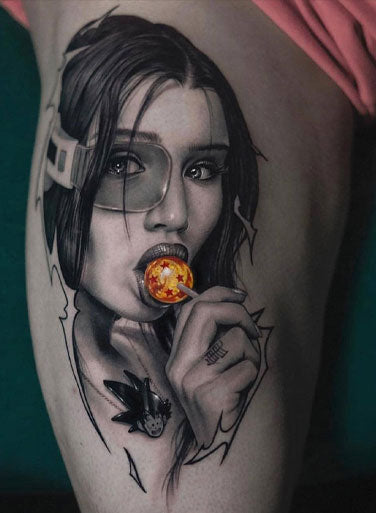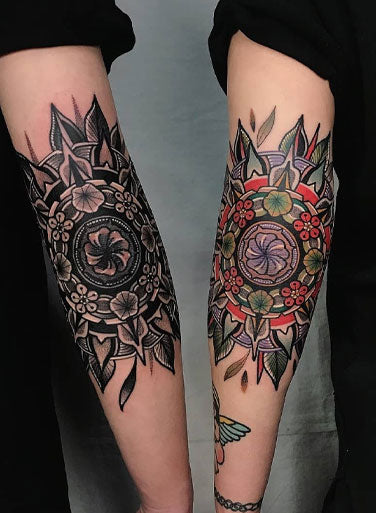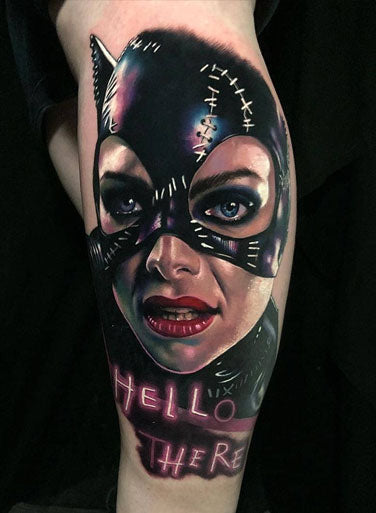So you have decided to get inked but not sure what the procedure entails. Well, that is quite understandable. Tattoos can be the most breathtaking piece of art or a memory that you are planning on holding onto for an eternity.
In case you have never been comfortable with the needles and are immensely worried about the pain, knowing a tad regarding the mechanism behind tattooing can alleviate those fears to a great extent.
The experts offering top-notch tattoo machine supplies said the hallmark of an experienced artist is how exactly they implement the needles. The pressure and depth of needles ensure a long-lasting body art and a seamlessly experience.
The needle penetrates approximately 1/16th of an inch into the skin through the dermal layer, five layers of the epidermis, and the foremost layer of the dermis.
How Tattoo Machines Work?
The contemporary tattoo machine pulses needles into the skin at about 6000 motions in a minute. At the same time, the machine starts accumulating ink on the skin’s surface. The needle creates a hole, and when the needle comes out, there is a vacuum. The vacuum draws the ink into the hole.
How Long are Tattoo Needles?
The depth of driving needles is perhaps the most significant skill mastered by an apprentice tattooist. That is because the depth impacts the overall condition of the tattoo as well as the pain the customer experiences. Tattooists fine-tune the length of the sharp metal so that it only goes into 1/16th inch of the skin.
How Deep Actually is One Sixteenth?
The people selling standard needles & cartridges said driving a needle too shallow into the skin will pave the way for a patchy art that will fade as soon the skin sheds the layers. A needle going far into the skin can cause thick scarring and nerve damage, which will, unfortunately, distort the artwork. If an artist is not careful during needle insertion, the concerned client will suffer from excruciating pain and intense bleeding.
All of this is a result from the structural integrity of the skin. Right after tattooing, the ink is slowly deposited into the following:
- All the epidermal layers.
- The junction between epidermal and dermal layers, or in other words, the division between the epidermis and dermis.
- The dermis.
Epidermis
In the day's post tattooing, the body produces several immune cells because the body perceives this invasion as a wound. As a reaction to the wound, the body tends to heal the traumatic tissues. The immune cells trigger whenever there is an allergic reaction or potential infection. The cells in the epidermis break the ink down.
Epidermal Dermal Junction
When the cells in the epidermis start breaking the ink, the membrane between the epidermis and dermis heals. Once the membrane restores its former condition, the tattoo is believed to be fully healed, trapping the ink beneath the dermal layer.
Dermis
Fibroblasts are basically cells that form connective tissue. This is important for the depth of the tattoo needle because only the dermis has connective tissues. The needle is properly adjusted to only go into this layer and not further.
Fibroblasts allow tattoos to last longer. Just like the immune cells present in the epidermis, the fibroblasts work by metabolising the ink. The difference is that instead of dissipating the inks, the fibroblasts trap the pigment within themselves.
According to the experts selling the best tattoo kits, the connective tissues keep the ink deposited from moving further. After a couple of months, once the tattoo has healed, the ink will remain only in the dermis, below the partition that delineates the tissues. After the ink has reached the fibroblasts, the tattoo becomes permanent.
Bottom Line
The tattoo needles are designed to minimize the pain and to increase the service life of the ink. For a tattoo to be permanent, the ink must reach the cells inside the dermis under all circumstances. Do not worry! The artist would not drive the needles straight into the veins.
When you gradually go ahead with getting a tattoo, it is imperative that you always adhere to the artist’s aftercare instructions cautiously and make sure to invest in a lotion to speed up the recovery. The lotion will eliminate scabs as well as any lingering dryness.







 CustomIronsTattooSupplies
CustomIronsTattooSupplies



